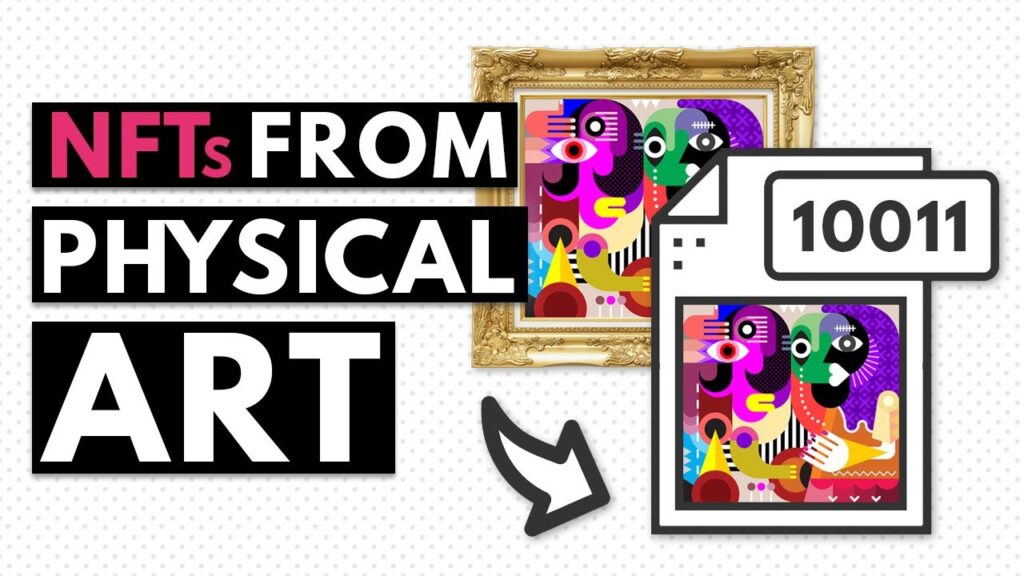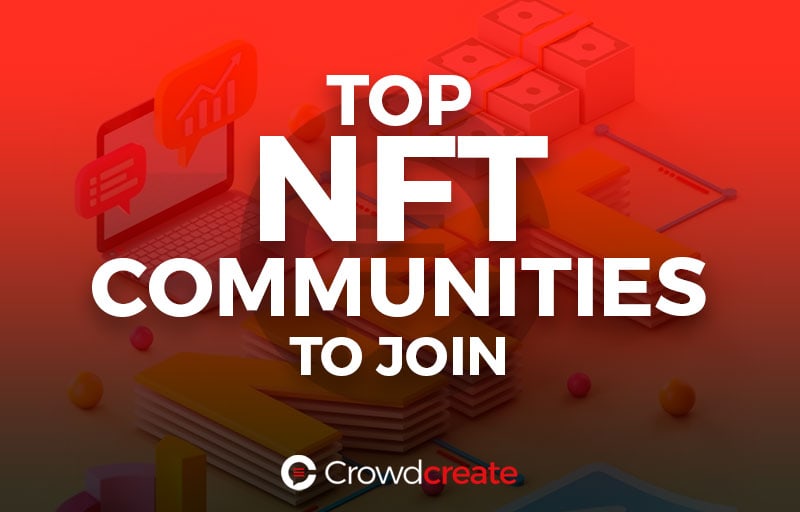In recent years, non-fungible tokens (NFTs) have taken the digital world by storm, with many artists, musicians, and brands creating and selling unique digital assets for millions of dollars. However, with the rise in popularity of NFTs comes the question of how to verify ownership of these digital assets. After all, unlike physical assets, NFTs exist solely in the digital realm, making it difficult to determine who the rightful owner is. This is where the process of verifying NFT ownership comes in.
In this article, we will delve into the world of NFT ownership verification and explore the various methods that can be used to verify ownership of these unique digital assets. We will look at the importance of ownership verification, the different types of NFT ownership verification methods available, and explore some of the challenges that come with verifying NFT ownership. Whether you’re an artist looking to sell your digital art as an NFT, or a collector looking to purchase an NFT, this article will provide invaluable insights into the process of verifying NFT ownership.
Verifying NFT Ownership
- Go to the website of the NFT platform you purchased the NFT from.
- Search for the NFT you want to verify the ownership of.
- Once you find the NFT, click on it.
- On the page of the NFT, you should find the address of the owner.
- Copy the NFT address and paste it into an NFT explorer.
- The NFT explorer will then show you the ownership of the NFT.
- Verify that the address matches the address of the NFT owner.

Verifying NFT Ownership
Non-fungible tokens (NFTs) are digital assets that are unique and not interchangeable with other assets. They are used to represent digital art, collectible items, and other digital assets. Verifying NFT ownership is an important step in ensuring the authenticity of the asset and ensuring that the asset is not counterfeit. In this article, we will discuss the different methods of verifying NFT ownership.
Using Blockchain Ledgers
One of the most effective methods of verifying NFT ownership is through the use of blockchain ledgers. Blockchain technology is a distributed ledger system that records and stores transaction data across a network of computers. Each transaction is stored in a block, and each block is connected to the previous one. This makes it possible to view the entire history of an asset and its ownership. By using blockchain ledgers, it is possible to verify the ownership of an NFT and ensure that the asset is not counterfeit.
In addition to verifying ownership, blockchain ledgers can also be used to verify the authenticity of the asset itself. For example, if an NFT is created using a specific algorithm, the blockchain ledger can be used to verify that the algorithm was used to create the asset. This provides an additional layer of protection against counterfeit assets.
Using Digital Signatures
Another method of verifying NFT ownership is through the use of digital signatures. Digital signatures are a way of verifying the identity of the owner of an asset. By using digital signatures, it is possible to verify that the owner of an asset is the same person as the one on the asset’s transaction record. This is an effective way of preventing fraud and counterfeit assets.
In addition to verifying ownership, digital signatures can also be used to verify the authenticity of the asset itself. By using digital signatures, it is possible to verify that the asset was created using a specific algorithm. This provides an additional layer of protection against counterfeit assets.
Using Off-Chain Solutions
Off-chain solutions are also available for verifying NFT ownership. Off-chain solutions are generally hosted on a third-party platform, such as a digital marketplace or a platform for creating and trading digital assets. By using off-chain solutions, it is possible to verify the ownership of an NFT without relying on the blockchain. This can be useful for verifying ownership of assets that are not stored on the blockchain.
In addition to verifying ownership, off-chain solutions can also be used to verify the authenticity of the asset itself. By using off-chain solutions, it is possible to verify that the asset was created using a specific algorithm. This provides an additional layer of protection against counterfeit assets.
Using Third-Party Verification Services
Third-party verification services are also available for verifying NFT ownership. These services are generally hosted on a third-party platform, such as a digital marketplace or a platform for creating and trading digital assets. By using third-party verification services, it is possible to verify the ownership of an NFT without relying on the blockchain. This can be useful for verifying ownership of assets that are not stored on the blockchain.
In addition to verifying ownership, third-party verification services can also be used to verify the authenticity of the asset itself. By using third-party verification services, it is possible to verify that the asset was created using a specific algorithm. This provides an additional layer of protection against counterfeit assets.
Frequently Asked Questions
The following FAQs provide answers to common questions about how to verify NFT ownership.
What is NFT Ownership Verification?
NFT ownership verification is the process of confirming that a digital asset is owned by a specific individual or company. This is done by verifying the ownership of the asset on a blockchain-based platform and ensuring that the owner’s information is accurate. The verification process can help to protect the asset from unauthorized tampering and ensure that the asset is securely stored on the platform.
How is NFT Ownership Verified?
NFT ownership verification involves the use of a blockchain-based platform such as Ethereum or EOS. On these platforms, the ownership of an asset is secured by a cryptographic signature, which is unique to the owner of the asset and cannot be copied or replicated. The signature is then verified by the platform’s smart contracts, and the asset is securely stored on the platform.
What Are the Benefits of NFT Ownership Verification?
Verifying NFT ownership provides a number of benefits, including increased security and reliability. By verifying the ownership of a digital asset, the platform can ensure that the asset is securely stored and protected from unauthorized access or tampering. Additionally, verification helps to prevent fraud and counterfeiting, as the asset’s owner can be easily identified and authenticated.
Is NFT Ownership Verification Secure?
Yes, NFT ownership verification is secure. The security of the verification process is ensured by the use of a cryptographic signature, which is unique to the asset’s owner and can not be copied or replicated. Additionally, the platform’s smart contracts ensure that the asset is securely stored on the platform.
What Are the Costs of NFT Ownership Verification?
The cost of NFT ownership verification will vary depending on the platform used. Most platforms charge a fee for verifying the ownership of an asset, as well as for securely storing the asset on the platform. Additionally, some platforms may charge additional fees for using certain features or services.
In conclusion, verifying NFT ownership is a crucial step in the world of digital assets. It ensures that buyers are protected from scams and fraudsters who may try to sell fake NFTs. As the world of NFTs continues to grow and evolve, it’s important for collectors and investors to stay informed about the latest developments in the industry, including the best practices for verifying ownership.
By following the steps outlined in this guide, buyers can ensure that they are purchasing authentic NFTs from legitimate sources. With the rise of blockchain technology and NFTs, the world of digital ownership is changing rapidly. By staying informed and taking the necessary steps to verify ownership, buyers can protect their investments and continue to participate in this exciting new world of digital assets.



Thanks , I have recently been searching for information about
this topic for a while and yours is the greatest I’ve discovered so far.
However, what in regards to the conclusion? Are you positive
concerning the source?